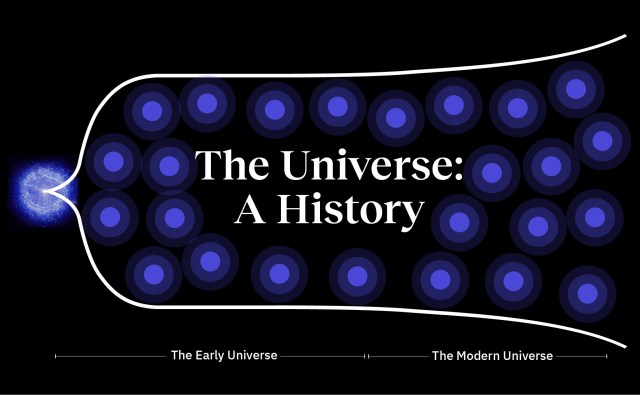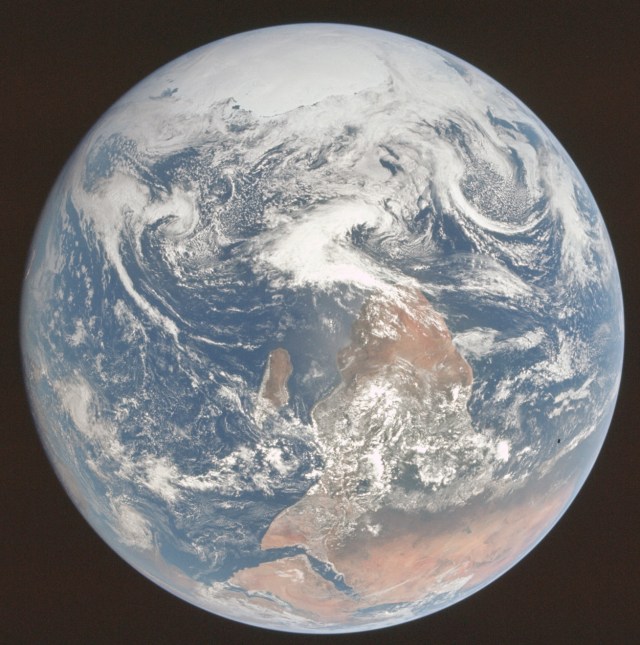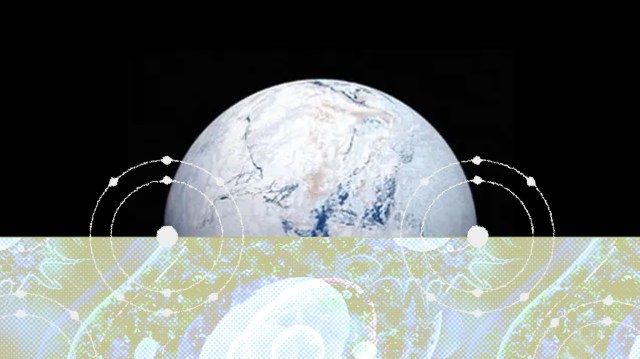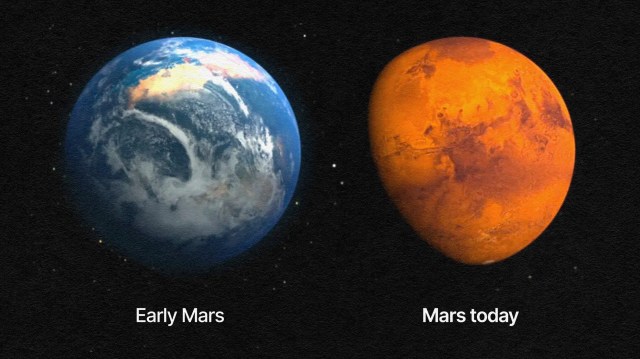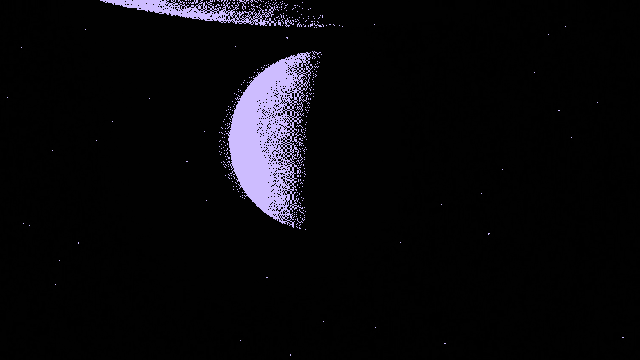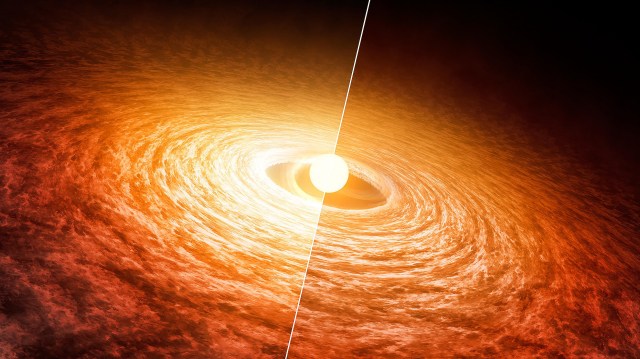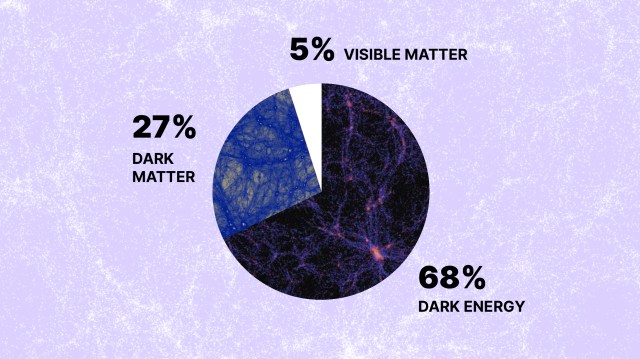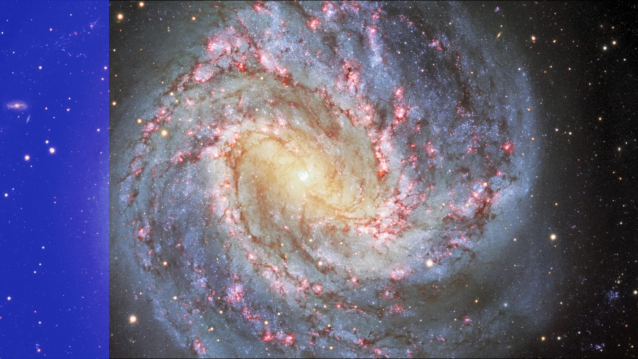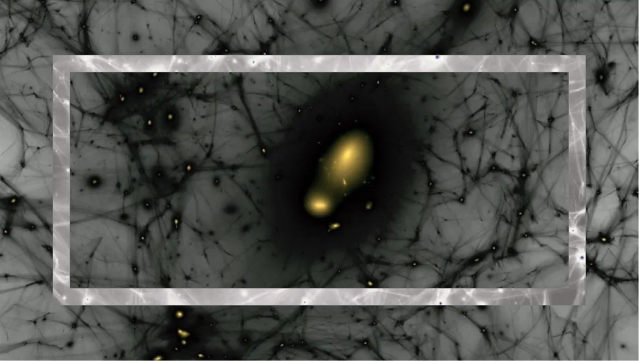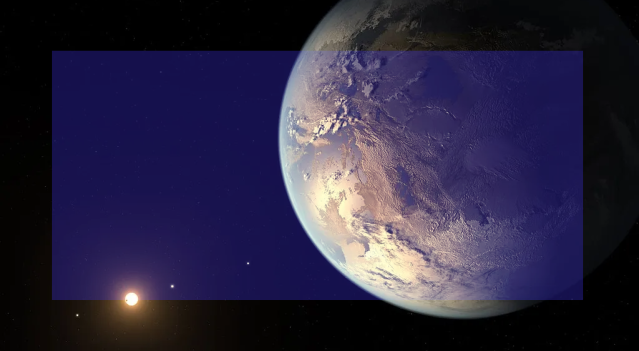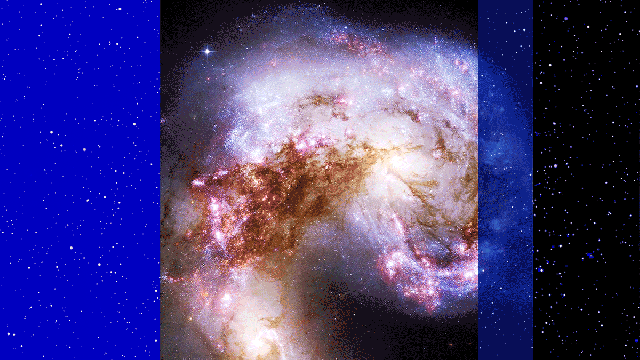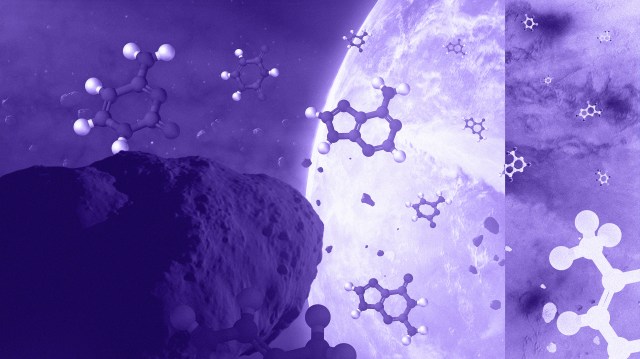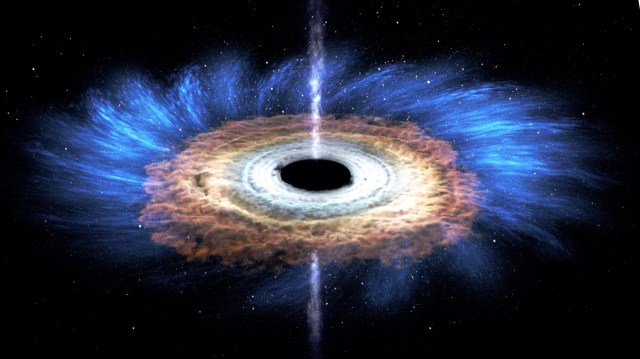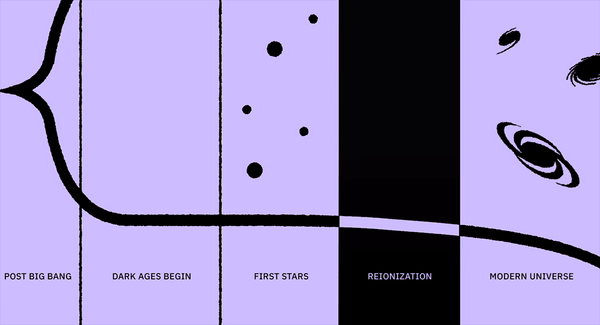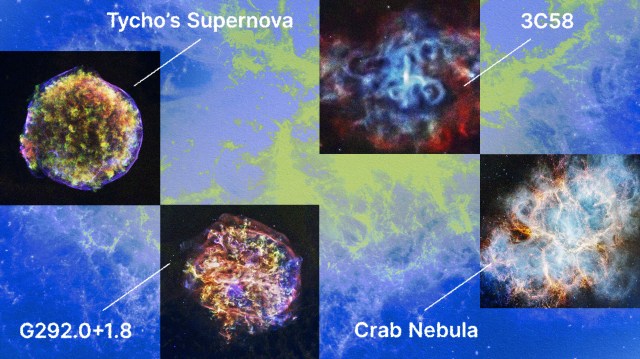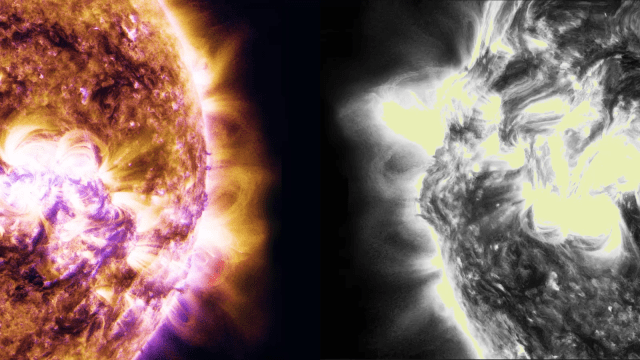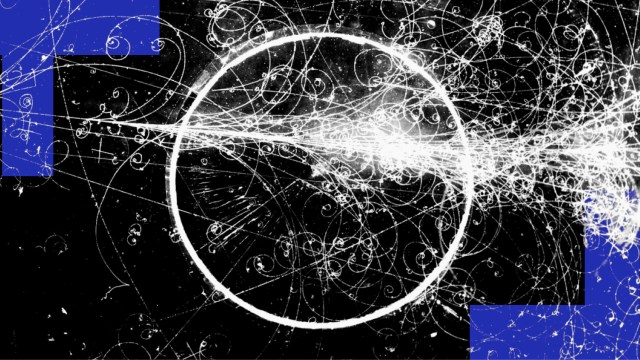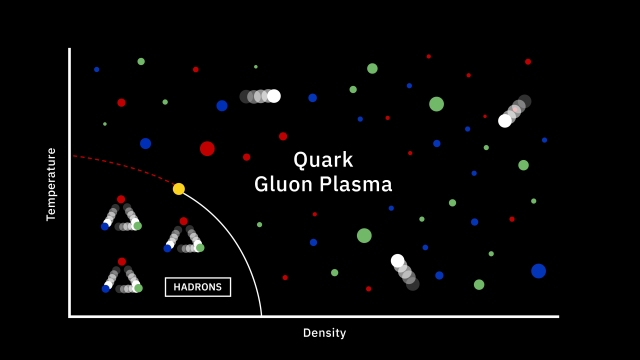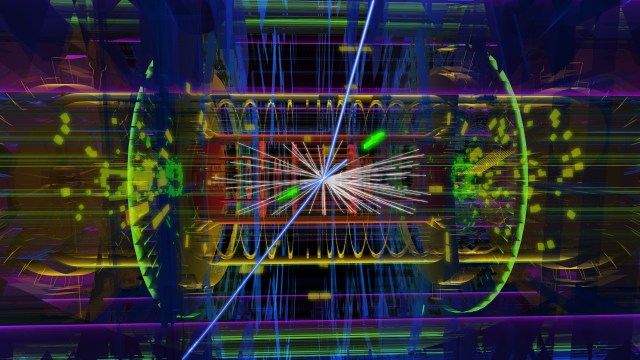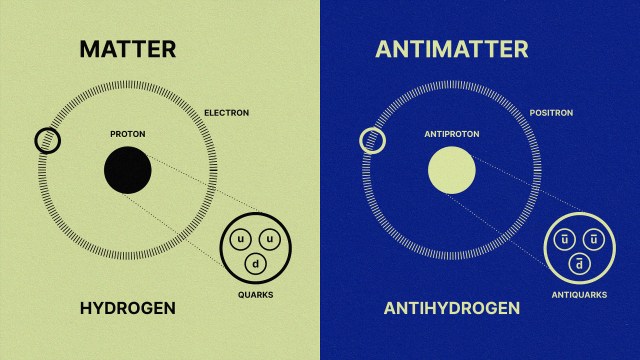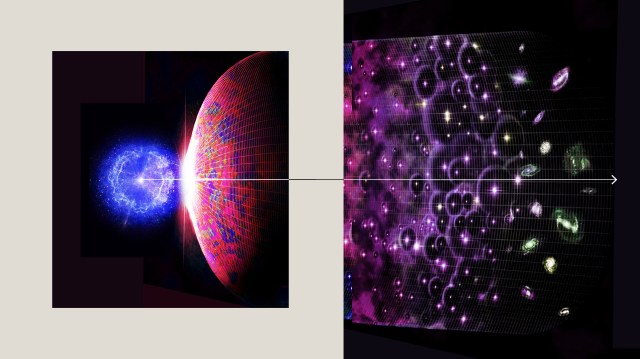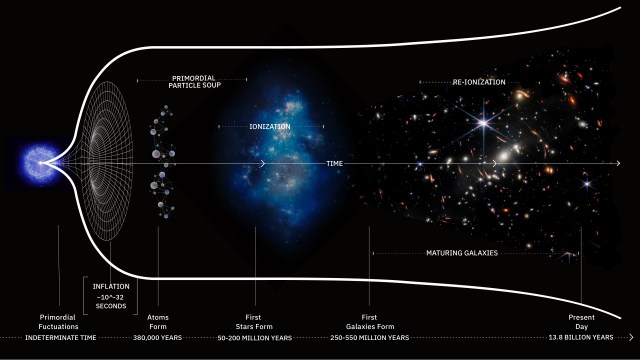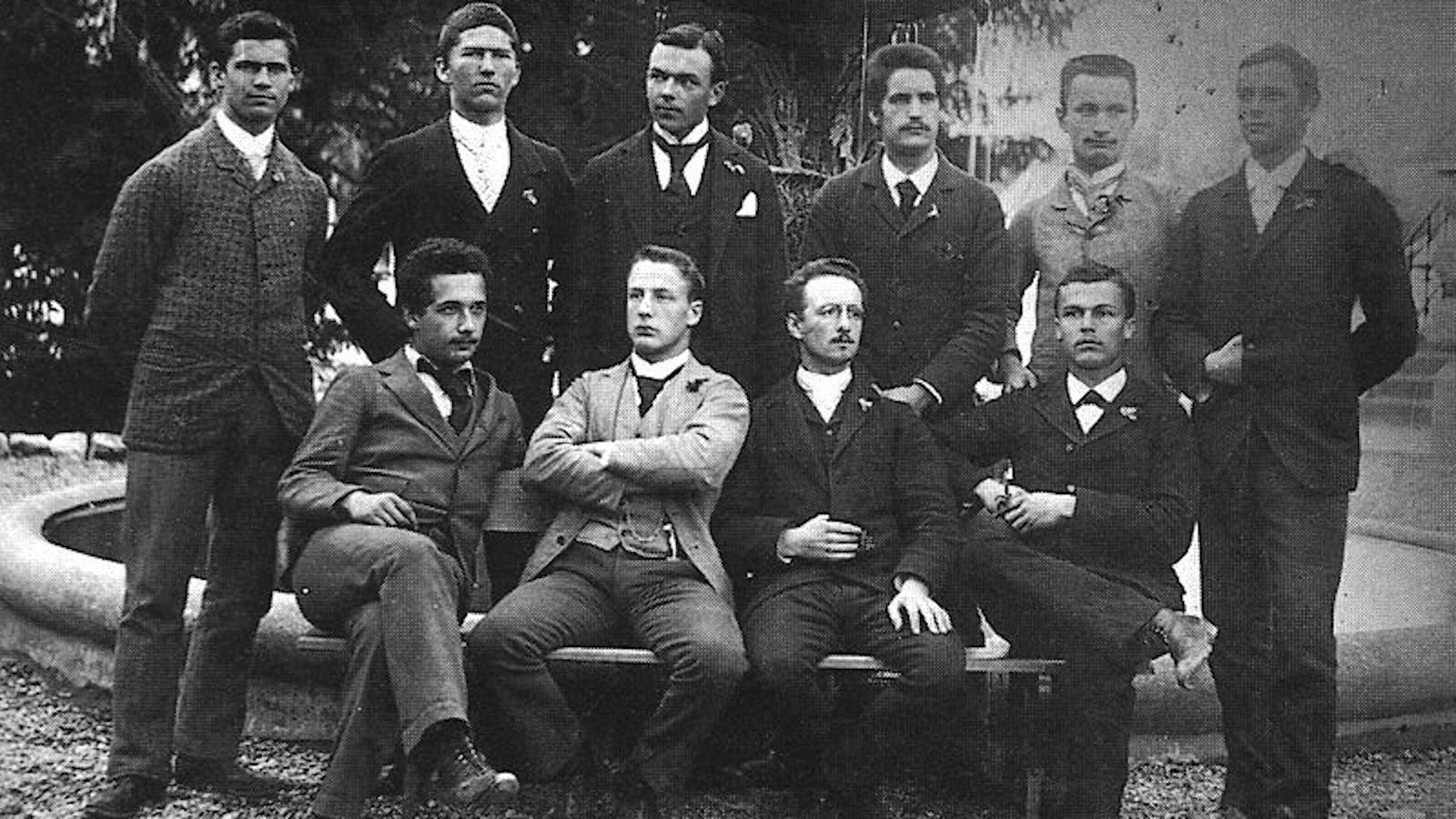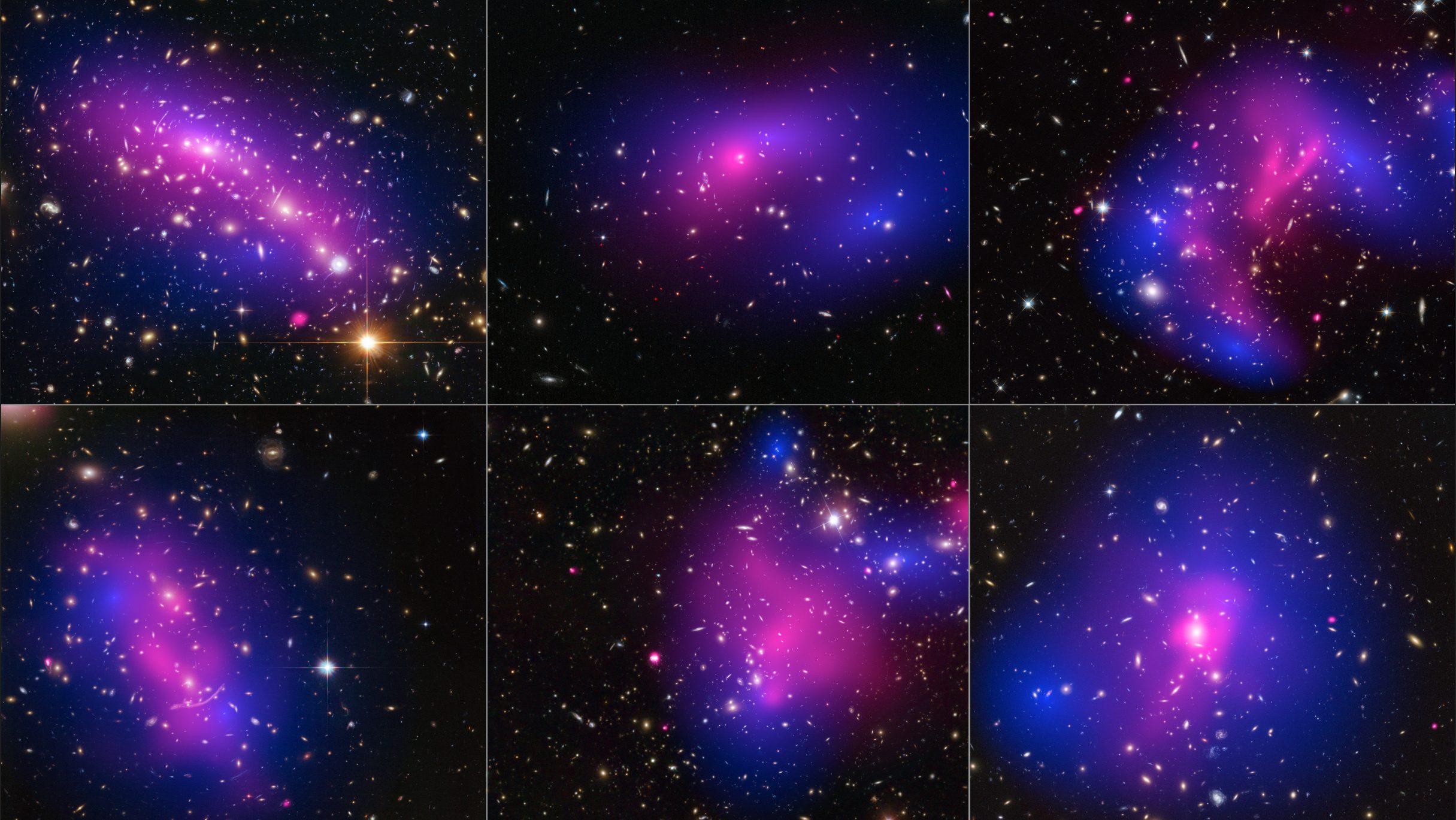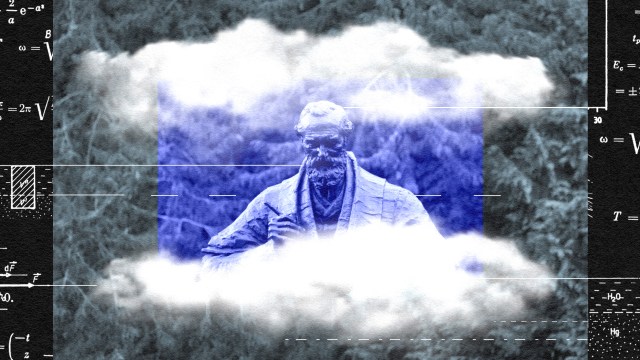Is the multiverse real? Here’s how physicists approach the theories
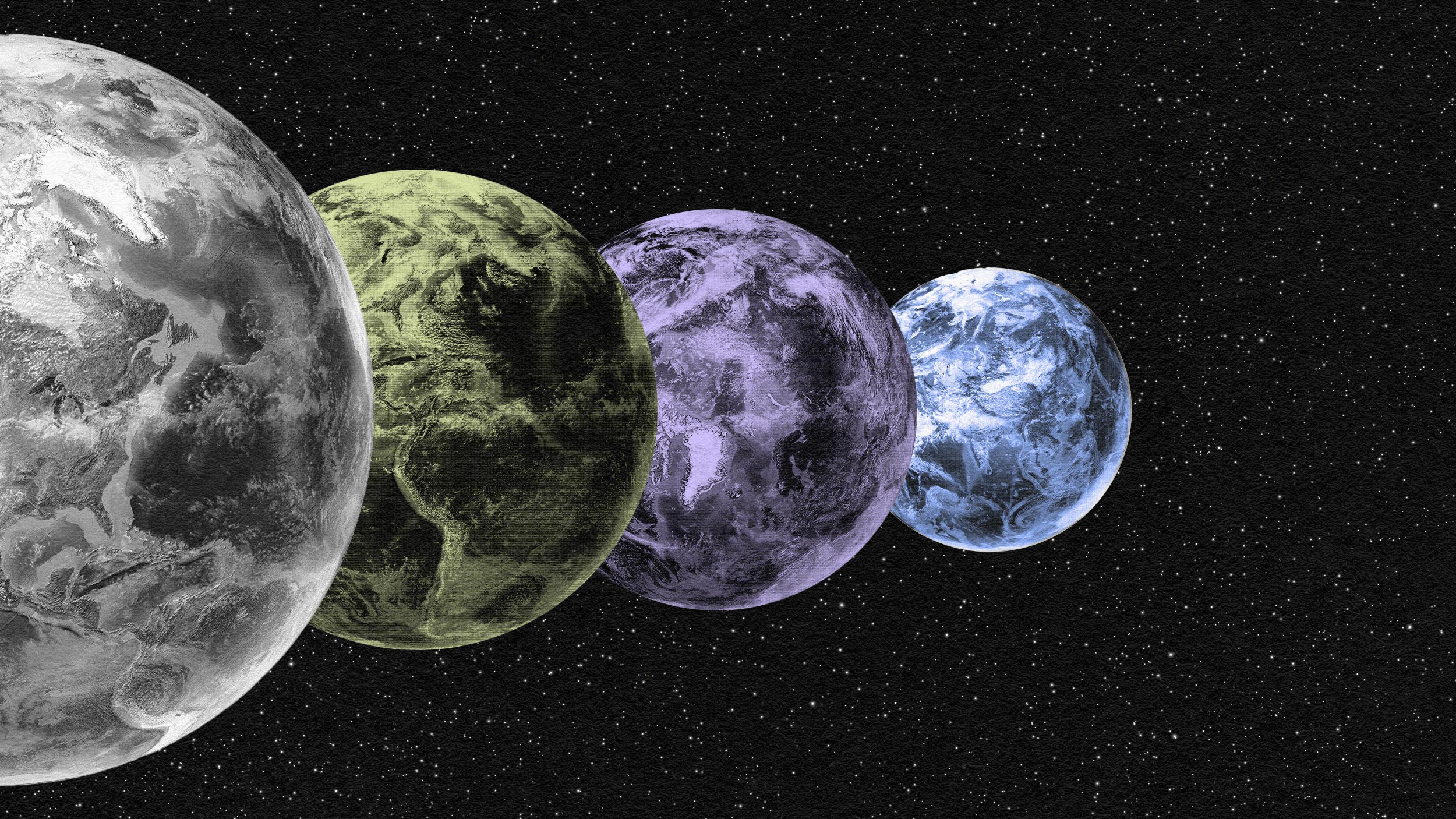
- The multiverse has been an extremely popular storytelling trope as of late.
- In science, however, multiverse models offer frameworks to justify the observable features of the Universe, but with the downside that these other universes remain undetectable.
- There is range of opinions about how seriously to take multiverse schemes, and scientists will need to reconcile those conflicting opinions.
By instinct and tradition, humankind has sought to understand its environment as thoroughly as possible — to ward off dangers, embrace beneficial opportunities, and make helpful predictions. Charting the world — and, beyond that, the cosmos — out to the very frontiers of detection, following the pathways of the great voyagers, has been a key part of our heritage. By carefully documenting what we find, we strive to fill in the gaps in our comprehension. Maps, once complete, offer the comfort and benefits of knowing all that is out there.
Yet, paradoxically, in scoping out our territory, we also become aware — like fenced-in animals — of the impossibilities. Our curiosity knows no bounds. Any map or system claiming to describe everything begs the question, “Might there be something else?” and, if so, “Could we somehow access those regions beyond?”
Multiverse models appeal to that sense of wonder. Our imaginations spawn countless alternatives, many beyond the threshold of testability. Fascination with alternate histories and curiosity about worlds unknown has driven public enthusiasm for recent films and television series with multiverse motifs, such as the Academy Award-winning movie Everything Everywhere All at Once, the highly watched streaming series The Man in the High Castle, and numerous Marvel Cinematic Universe projects. In the popular television series Rick and Morty, the titular characters journey, in nearly every episode, to various offbeat parallel universes, sometimes encountering bizarre alternative versions of themselves, such as megalomaniac Ricks and Mortys. Such otherworldly adventures stem from a long-standing literary tradition. Breaking physical barriers, such as limits in space and time, has been a mainstay of science fiction for years.
For serious scientists to consider multiverse notions, however, requires far more than fanciful ruminations about uncharted regions and unrealized possibilities. There needs to be a strong explanatory benefit that overcomes the stark disadvantage of a lack of direct detectability. In general, multiverse models offer virtually unlimited mathematical and/or conceptual frameworks upon which the observable features of the universe might be justified, like the enormous, unseen concrete foundations underlying many skyscrapers to support their sleek, lofty structures.
Take, for example, the physics community’s ardent pursuit of a simple, unified explanation of the natural forces. Its goal is to express gravitation, the strong nuclear force, and the electromagnetic and weak interactions using the same basic language. One hitch is that gravitation, unlike the other forces, defies conventional attempts to integrate it with quantum physics.
In order to accommodate its resistance to standard methods, superstring theory, based on energetic, vibrating strands of energy, has emerged as the leading unification proposal. For reasons of mathematical consistency, the theory makes sense only if housed in a high number of dimensions, typically ten or eleven. Through a mathematical process called compactification, the extra dimensions — beyond ordinary space and time — become curled up into immeasurably minuscule balls or knots. In some variations, they are large, but inaccessible to matter and light, and thereby unseen.
Thus, in essence, superstring theory and related higher-dimensional unification attempts apply realms beyond direct detection in order to craft mathematically rigorous, unified descriptions of the natural forces. Assuming such a model someday grasps the trophy of unity, many physicists might find elegant explanation enough, and discount the need for testability and falsifiability of its hidden elements.
If you live in a plush suite in a high-rise building in Chicago, and marvel that it is exceptionally stable in high winds, you are not going to complain that you can’t explore the bedrock under its basement. Similarly, many theorists are willing to accept unobservable components in a multiverse model if it supports a promising way of explaining the basic facts of the reality we experience. Just as there are clashing preferences in architecture, though, there is a wide range of opinions and tastes about how seriously to take multiverse schemes.
Just as there are clashing preferences in architecture, though, there is a wide range of opinions and tastes about how seriously to take multiverse schemes.
Paul Halpern
On one end of the spectrum lies absolute realism — demanding photographic proof or its equivalent to support any claim. The universe, in that view, should be as ironclad as a perfect engine, with all parts labeled and functioning in mechanical precision. Such is the heritage of Isaac Newton and the clockwork cosmos he delineated. From that point of view, a multiverse is blind faith rather than trusted science.
On the other end is the concept of a “landscape” that embraces every conceivable option. As weird as it sounds, entire universes would exist that we’d never have access to yet would be as legitimate as ours. The presence of the other universes would be used to help bolster a comprehensive theory of ours. In that case, why would we be in this one and not in one of countless others? Might there be a selection mechanism that singles out our own enclave as being the best suited for the emergence of intelligent life— an “anthropic principle” (as it is called) explaining why we are here by ruling out lifeless alternatives? Or could our presence in this particular universe simply derive from the vagaries of chance — our cosmic abode being a windswept tumbleweed in a desert of meaninglessness?
Extreme caution, outrageous fancifulness, or somewhere in between — such is the range of opinions in the physics community today. A brilliant idea for some might be sheer folly to others, according to taste and tolerance. Without consensus, every funding request for a research project dedicated to indirect tests of multiverse ideas potentially raises battle cries. Yet, a theory explaining nature’s workings in a unified way that includes only directly testable assumptions seems further away than ever before. If we don’t abandon the key theoretical goal of unification, we may need to compromise — and reconcile conflicting opinions on where to draw the line.
